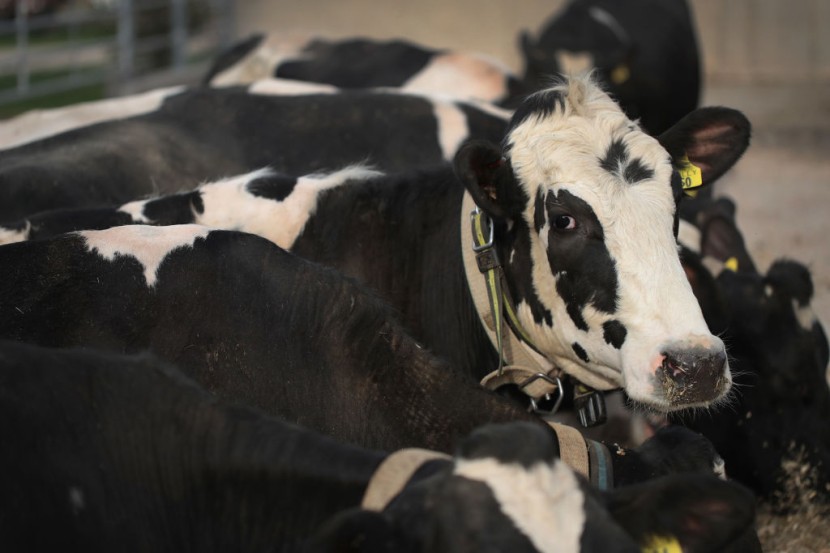
A bird flu outbreak in dairy cows has grown to eight states and U.S. regulators have now released 239 H5N1 genetic sequences associated with the outbreak.
The United States Department of Agriculture (USDA) had faced criticism that it was not releasing information fast enough for researchers to try to determine how big the outbreak is and if it affects herds outside of the United States.
The pathogen primarily causes illness in older cows and its symptoms include decreased lactation, low appetite and other symptoms.
Samples of milk at dairy farms in Texas, New Mexico, Idaho, South Dakota, Kansas, Michigan, Ohio and North Carolina have tested positive for the bird flu.
There has also been one human infection reported.
"This is a rapidly evolving situation and USDA, as well as state and federal partners are committed to sharing updates as information becomes available," the USDA stated.
The CDC considers risk to the public to be low at this time. However, people with more exposure to infected animals do have a greater risk of infection.
Wild migratory birds are believed to be the original source of the virus. However, the investigation to date also includes some cases where the virus spread was
associated with cattle movements between herds.
Federal regulators say a milk recall is not necessary because milk is generally pasteurized before entering the market. The FDA has long discouraged consuming unpasteurized milk.
It does not appear that the current outbreak has had any impact on the U.S. milk supply or consumer prices yet.
So far there have been no detections in commercial beef herds.
Egg producers are watching the situation closely after bird flu was found in chickens in two states.
© 2025 HNGN, All rights reserved. Do not reproduce without permission.









